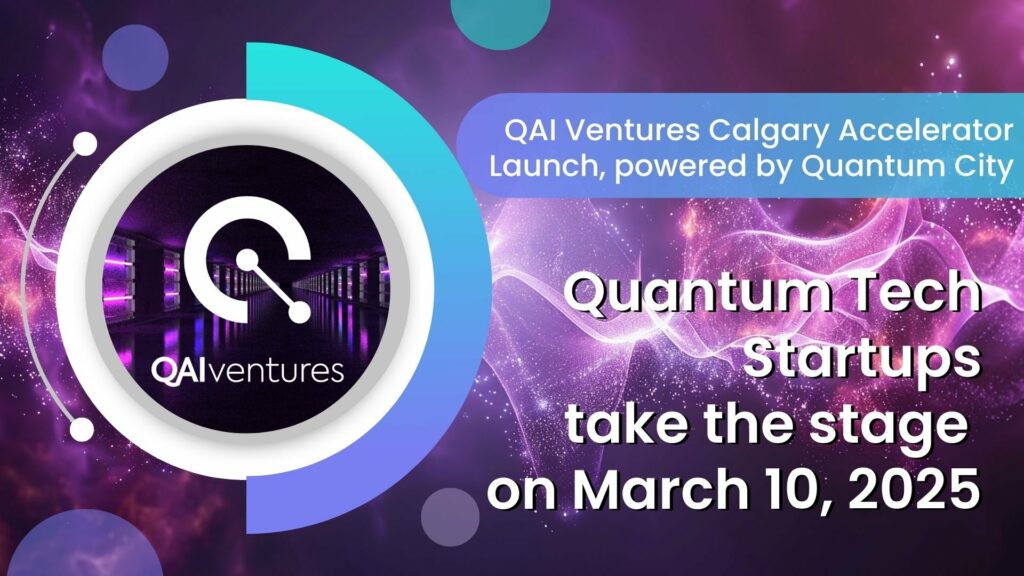Insider Brief
- Quantum Xchange is collaborating with the National Cybersecurity Center of Excellence as part of the migration to Post-Quantum Cryptography Project Consortium.
- This move is designed to bring awareness to the issues involved in migrating to NIST’s post-quantum cryptography.
- Quantum Xchange is developing holistic cryptographic agility, visibility, and management solutions.
PRESS RELEASE — Quantum Xchange, delivering the future of encryption with holistic cryptographic agility, visibility, and management solutions, announced that it is collaborating with the National Cybersecurity Center of Excellence (NCCoE) as part of the Migration to Post-Quantum Cryptography Project Consortium. This move is designed to bring awareness to the issues involved in migrating to the National Institute for Standards and Technology (NIST’s) post-quantum cryptography (PQC) and to develop practices to ease replacing current public-key algorithms with NIST-standardized post-quantum algorithms.
Currently, governments and organizations do not have access to a universally acceptable way to guide existing cryptographic standards, guidelines, regulations, or technologies to meet the requirements of migrating to quantum-resistant cryptography. Implementation of quantum-safe algorithms requires identifying hardware and software modules, libraries, and embedded code currently used in an enterprise to support cryptographic key establishment and management underlying the security of cryptographically protected information and access management processes, as well as provide the source and content integrity of data at rest, in transit, and in use.
“Public-key cryptography is widely used to protect today’s digital information. With the advent of quantum computing and its potential to compromise many of the current cryptographic algorithms, organizations must begin to plan for many of the technological and operational challenges that migration to post-quantum cryptography will present. This project aims to help organizations to achieve exactly this,” said William Newhouse, Security Engineer at NIST NCCoE.

Initially, the project will focus on demonstrating the discovery tools that can provide automation assistance in identifying where and how public-key cryptography is used in various technologies – specifically those employed in data centers, on-premises, or in the cloud and distributed compute, storage, and network infrastructures.
“Being named an official collaborator on the project validates Quantum Xchange’s vision statement: Partners in Preserving Our Digital World,” said Holly Neiweem, CFOO of Quantum Xchange. “We are committed to sharing our knowledge and bringing to market products and services to inventory the use of cryptography throughout the enterprise, mitigate cyber risk, and ease the transition to quantum-safe cryptography.”
This quantum-safe cryptography discovery project will demonstrate tools for discovering quantum-vulnerable cryptographic code or dependencies on such code for several implementation scenarios. In today’s digitally-driven environment, it’s critical to plan how technologies still reliant on public-key algorithms will be replaced to ensure information is safeguarded.
It is critical to begin planning for the replacement of hardware, software, and services that use public-key algorithms now so that the information is protected from future attacks.
Additional information on this consortium can be found at nccoe.nist.gov/crypto-agility-
If you found this article to be informative, you can explore more current quantum news here, exclusives, interviews, and podcasts.


















